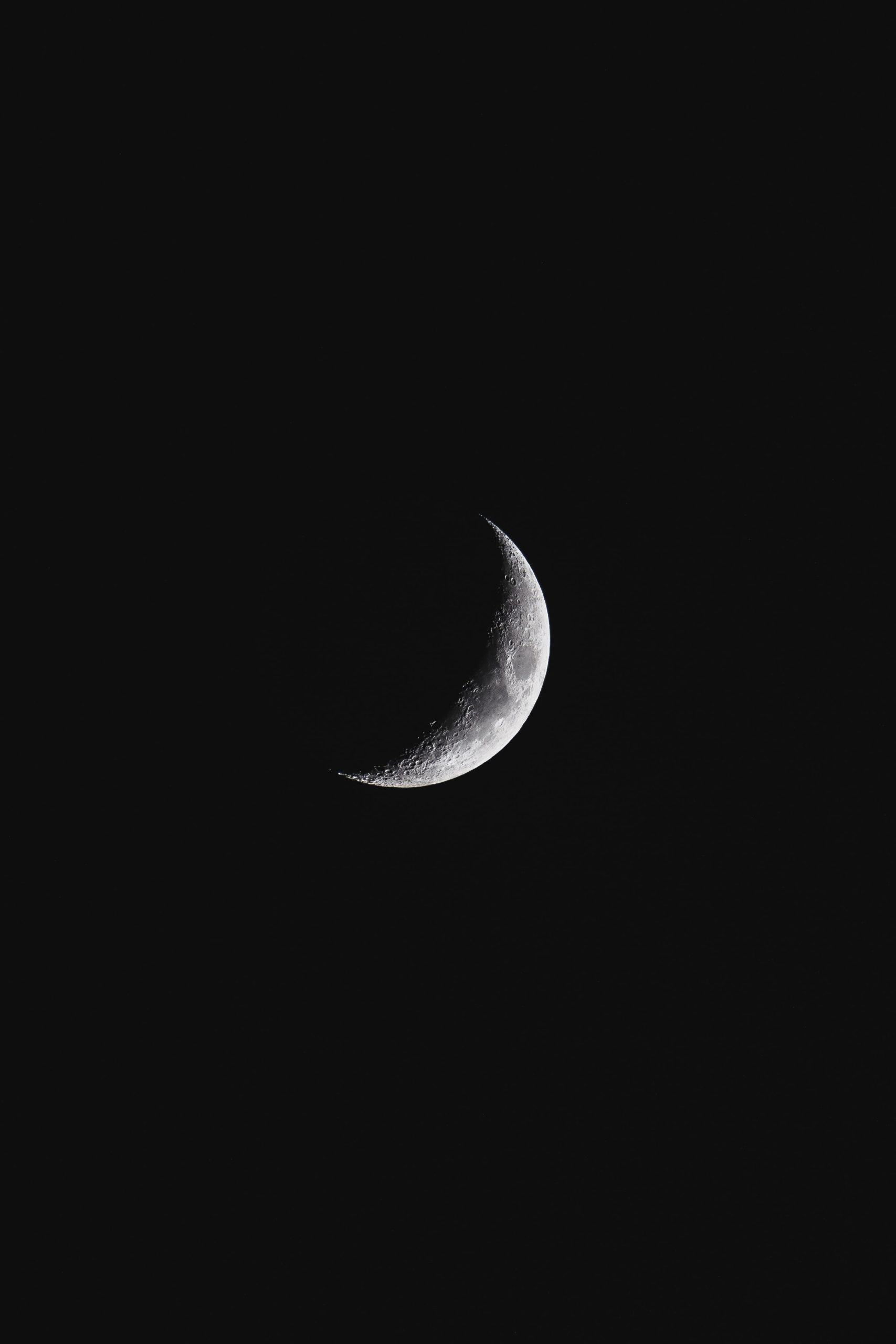Waning Crescent Phase: Exploring the Last Phase of the Lunar Cycle
Throughout human history, the moon has captivated our attention and held a significant place in various cultures, belief systems, and scientific studies. One of the six primary phases of the moon is the waning crescent phase. In this article, we will explore this fascinating lunar phase and delve into its characteristics, significance, and effects on Earth.
Understanding the Moon’s Phases
Before we dive into the specifics of the waning crescent phase, let’s understand the moon’s phases in general. The moon goes through eight distinct phases that repeat in a predictable cycle, known as the lunar cycle, which lasts approximately 29.5 days. These phases are:
- New Moon
- Waxing Crescent
- First Quarter
- Waxing Gibbous
- Full Moon
- Waning Gibbous
- Last Quarter
- Waning Crescent
The waning crescent phase is the final phase before the moon enters the new moon phase, starting the cycle anew. It is characterized by a small, thin crescent on the left side of the moon’s surface from an observer in the Northern Hemisphere or the right side for observers in the Southern Hemisphere.
Appearance and Duration of the Waning Crescent Phase
During the waning crescent phase, the illuminated portion of the moon decreases progressively each night until it reaches a mere sliver, barely visible just before the new moon phase. This thin crescent shape gives it its name. The waning crescent phase usually lasts for about three to four days before the new moon phase begins.
Due to its faint illumination and proximity to sunrise, observing the waning crescent phase can be challenging. However, keen stargazers and astronomers enjoy this phase as it offers unique opportunities for observation and study.
The Waning Crescent Phase and its Influence
The waning crescent phase affects various aspects of our lives, from wildlife behavior and ocean tides to individual emotions and spiritual beliefs. Here are some key areas influenced by this lunar phase:
1. Nature and Wildlife
Many animals use the moon’s cycle to regulate their behavior, such as breeding, migration, and reproduction. During the waning crescent phase, some species exhibit changes in activity levels, becoming more cautious or reclusive. This phase also affects nocturnal hunters and their hunting patterns.
2. Ocean Tides
The moon’s gravitational pull is responsible for the tides on Earth. During the waning crescent phase, the alignment of the sun, moon, and Earth often leads to neap tides. Neap tides occur when the difference between high and low tides is minimal, creating more balanced tidal movements.
3. Emotional and Spiritual Significance
The waning crescent phase is associated with reflection, release, and renewal. Many people believe it is a time for letting go of negative energy, habits, or emotions that no longer serve us. It is also considered a period of introspection and preparing oneself for the new beginnings associated with the upcoming new moon.
How to Observe the Waning Crescent Phase
Observing the night sky during the waning crescent phase requires patience and clear skies. Here are some tips to help you make the most of this lunar phase:
- Check the lunar calendar to determine the exact dates of the waning crescent phase.
- Find a location away from city lights to minimize light pollution.
- Use a telescope or binoculars to enhance your viewing experience.
- Look for the waning crescent in the pre-dawn sky, as it appears closer to sunrise.
- Keep a moon journal to track the moon’s changing appearance throughout its phases.
Remember to dress warmly, carry any necessary equipment, and enjoy the tranquility of observing our nearest celestial neighbor.
The Waning Crescent Phase in Cultural Beliefs
Across different cultures, the moon has always played a significant role, often associated with myths, legends, and spiritual beliefs. In many traditions, the waning crescent phase is believed to be a powerful time for healing, manifestation, and setting intentions for the upcoming lunar cycle.
Some cultures view the waning crescent as a symbol of rebirth and renewal, reinforcing the cycle of life, death, and regeneration. This lunar phase has inspired countless works of art, poems, and rituals, showcasing humanity’s fascination with the moon and its ever-changing face.
Conclusion
The waning crescent phase marks the final stage of the lunar cycle before the moon transitions into the new moon phase, heralding new beginnings. With its slim crescent shape and decreasing illumination, this phase holds a unique charm for those who study and appreciate the moon’s beauty.
Whether you’re an avid astronomer, a nature enthusiast, or simply curious about the wonders of the universe, exploring and observing the waning crescent phase can deepen your connection with the cosmos and provide a sense of awe and wonder.
Next time you catch a glimpse of the waning crescent phase in the early morning sky, take a moment to reflect on its significance and appreciate the silent dance of celestial bodies that has fascinated humans for centuries.
Table of Contents
